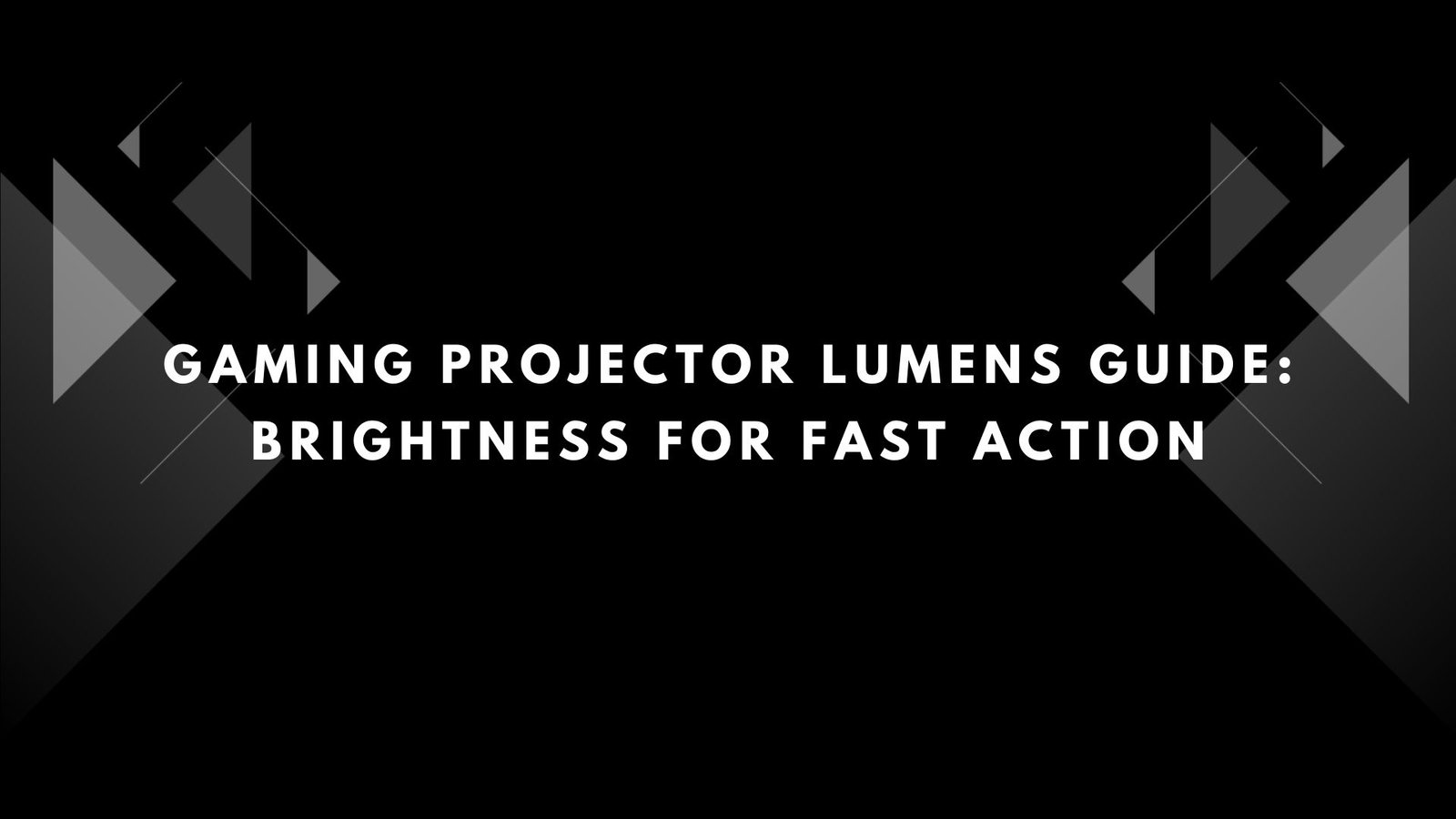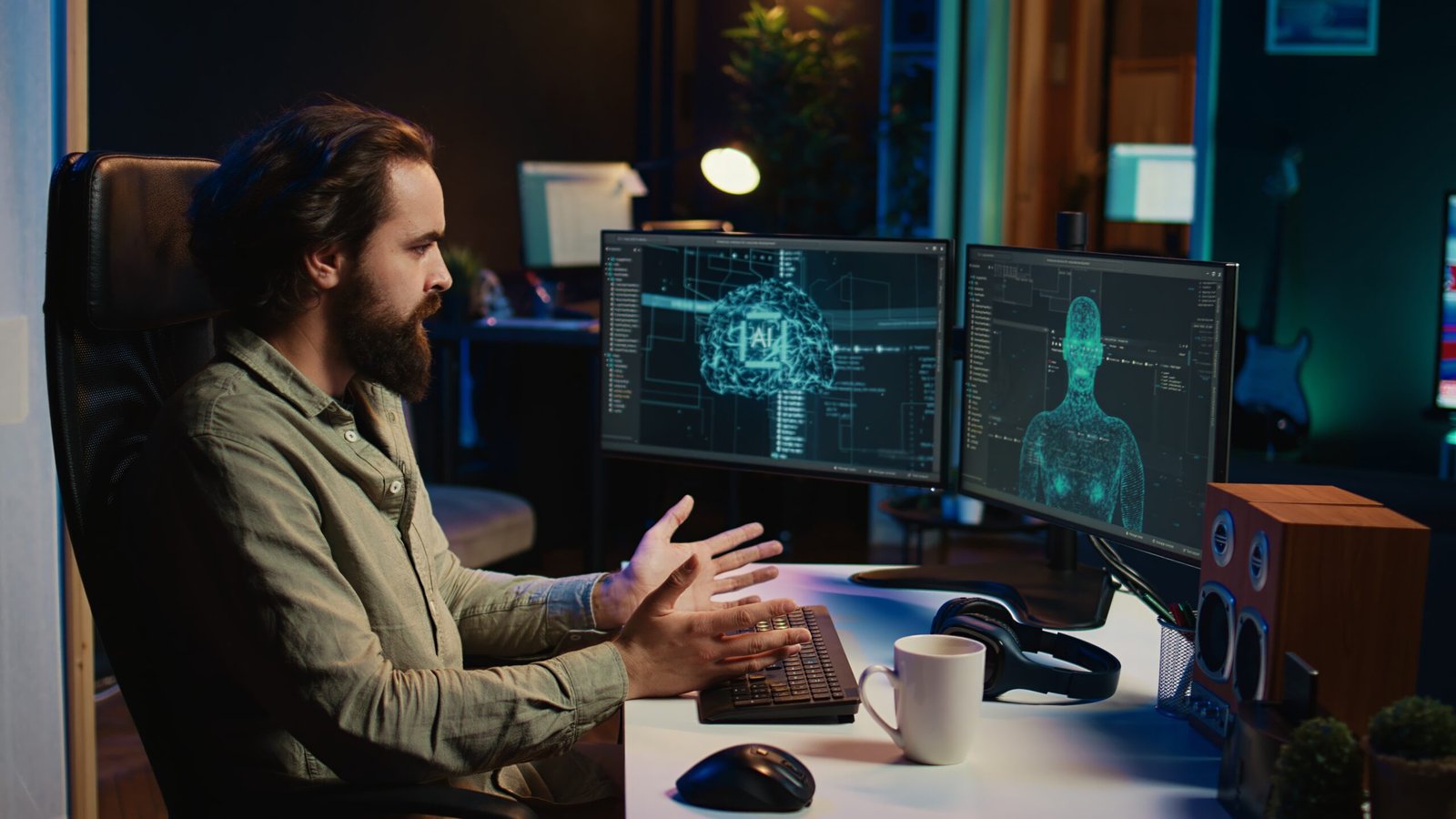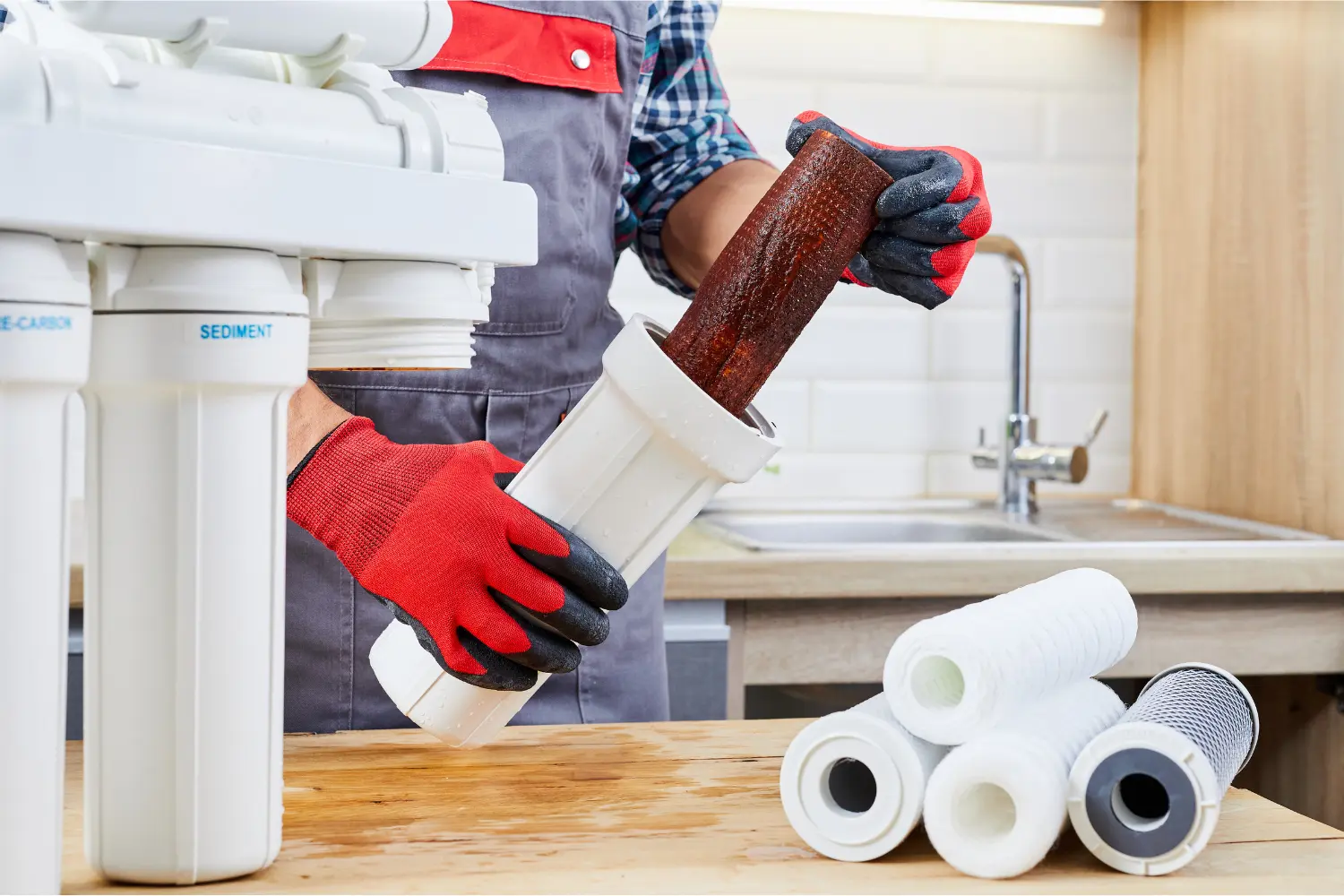Gaming on a big screen takes immersion to the next level. A projector can transform your living room, game room, or basement into a personal gaming arena, delivering massive visuals that put you right in the action. But when choosing a projector for gaming, one of the most important specifications to consider is brightness. The brightness of a gaming projector affects how well you see fast-moving details, how vibrant the colors appear, and how the image holds up in different lighting conditions. This Projector Lumens Guide will help you understand how bright your gaming projector should be to keep up with fast action and deliver the best possible gaming experience.
Why Brightness Matters in Gaming
Unlike movies or slide presentations, gaming demands precision. In fast-paced games such as first-person shooters, racing sims, and sports titles, every frame counts. You need to spot enemies quickly, react to hazards instantly, and enjoy smooth, clear visuals without distractions. A projector that is too dim can make dark scenes muddy, colors dull, and fast action hard to follow.
Brightness plays a key role in:
- Clarity: A bright image ensures you can see fine details even in darker game environments.
- Color vibrancy: Games are designed with bold, rich colors that pop when properly illuminated.
- Responsiveness: While brightness does not directly affect input lag, a clearer image makes it easier to respond quickly to what is happening on screen.
Choosing the right projector brightness helps create an immersive and competitive gaming experience.
What Are Lumens and Why Do They Matter for Gaming?
Lumens are a unit of measurement that describe how much light a projector emits. The higher the lumens, the brighter the image produced by the projector. This number gives you an idea of how well the projector will perform in various lighting conditions and with different screen sizes.
When it comes to gaming, the right lumen level depends on:
- Ambient light in the room
- Size of the projected image
- Type of game
- Screen material and gain
Our Projector Lumens Guide recommends thinking carefully about where and how you will use the projector to determine the ideal lumen rating.
Recommended Lumen Levels for Gaming Projectors
Here is a practical guide to help you choose the right brightness for your gaming setup:
- Dark or light-controlled rooms: If you game in a room where you can block out most or all light—such as a dedicated game room or basement—a projector with 1500 to 2500 ANSI lumens should be sufficient. This level of brightness will provide a vibrant image without overwhelming dark scenes.
- Moderate ambient light: If you play in a living room with some natural light during the day or some lamps on at night, aim for a projector with 2500 to 3500 ANSI lumens. This will ensure that the image remains clear and colors stay rich even with some light intrusion.
- Bright rooms or outdoor gaming: If you plan to game in a bright room or occasionally set up for outdoor play at dusk, you will need at least 4000 lumens or higher. This level helps overcome the washout effect of ambient light and keeps the visuals punchy.
Does Higher Brightness Always Mean Better for Gaming?
Not necessarily. While more lumens can help in brighter environments, it is not always better if you primarily game in a dark or controlled space. A projector that is too bright for your environment can cause eye strain during long sessions or wash out shadow detail in darker scenes. Striking the right balance is key.
Additionally, consider these points:
- Contrast ratio matters: A high contrast ratio allows a projector to display deep blacks and bright whites simultaneously, which is critical for games with dark environments or lots of shadow detail.
- Color accuracy: A projector that pushes out more lumens at the expense of color fidelity will not provide the best gaming visuals. Look for projectors that balance brightness with good color reproduction.
- Game mode: Many gaming projectors offer a game mode that optimizes brightness, contrast, and input lag for fast action.
Screen Size and Brightness
The larger the image you project, the more lumens you will need to maintain clarity and vibrancy. For example, a 100-inch image in a light-controlled room may look great at 2000 lumens. But if you expand that image to 150 inches, you may need closer to 3000 lumens to maintain the same visual impact.
Pairing your projector with the right screen also helps. A high-gain screen reflects more light back to the viewer, boosting perceived brightness without needing a brighter projector.
Other Considerations for Gaming Projectors
While brightness is crucial, do not overlook these factors:
- Input lag: For fast action games, look for a projector with input lag below 30 milliseconds for smooth, responsive play.
- Refresh rate: A higher refresh rate (such as 120Hz) can provide smoother motion for high-frame-rate gaming.
- Resolution: Full HD (1080p) is the minimum for modern gaming, while 4K projectors deliver sharper, more detailed images if your budget allows.
Summary of Key Recommendations
- Use this Projector Lumens Guide as a baseline: 1500-2500 lumens for dark rooms, 2500-3500 lumens for mixed lighting, 4000+ lumens for bright spaces.
- Choose ANSI lumens ratings over marketing claims for more reliable measurements.
- Pair your projector with an appropriate screen and control ambient light when possible.
- Balance brightness with contrast, color accuracy, and low input lag for the best gaming experience.
Conclusion
Brightness is a critical factor when selecting a gaming projector, but it is not the only one. The right projector should offer a well-rounded package that delivers crisp, clear visuals, responsive performance, and immersive color. By following this Projector Lumens Guide, you can choose a projector that matches your environment and gaming style, ensuring that fast action games look stunning and play smoothly. Remember, it is not just about the numbers—it is about creating a gaming setup that brings your favorite titles to life on the big screen.
Read more: https://www.florevit.com/read-blog/34135
















Leave a Reply